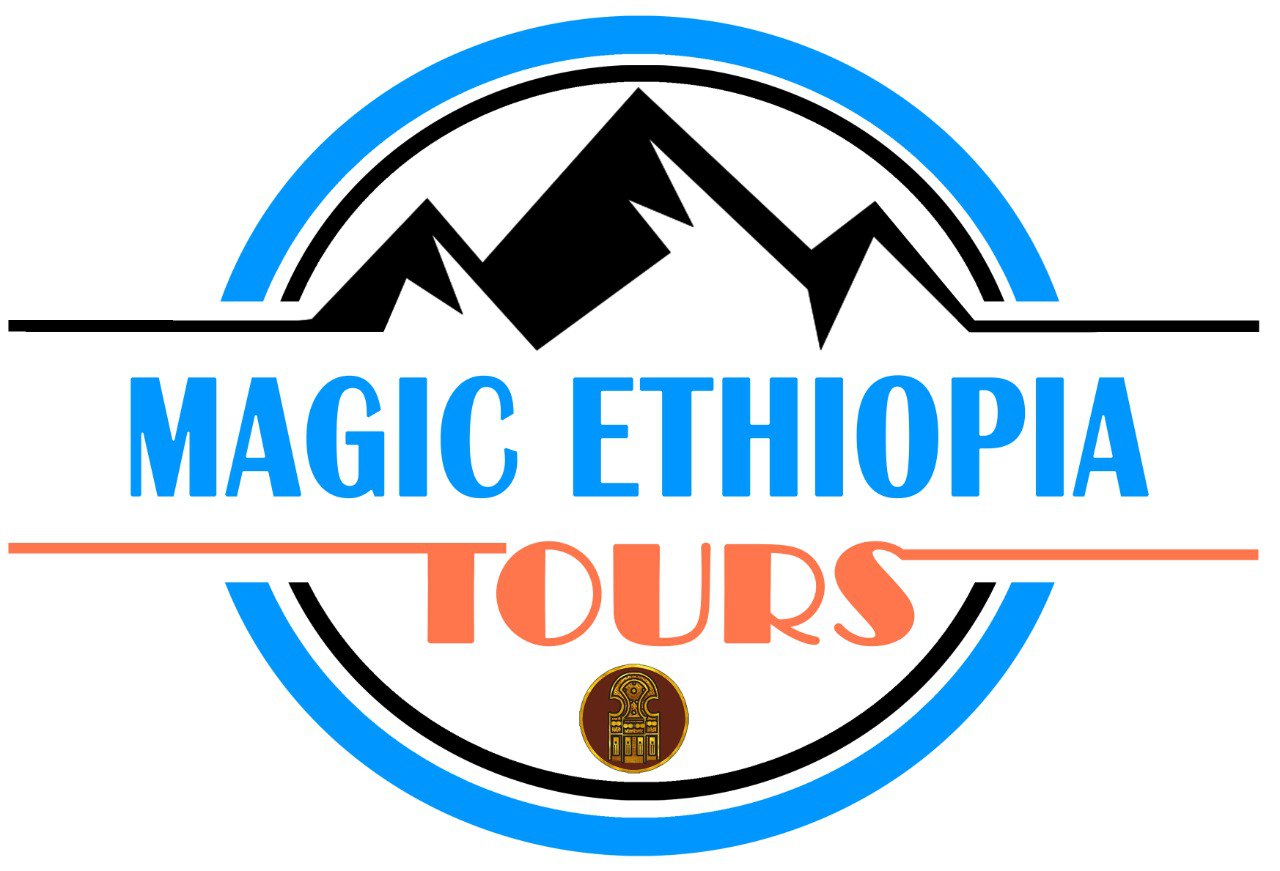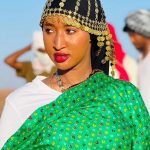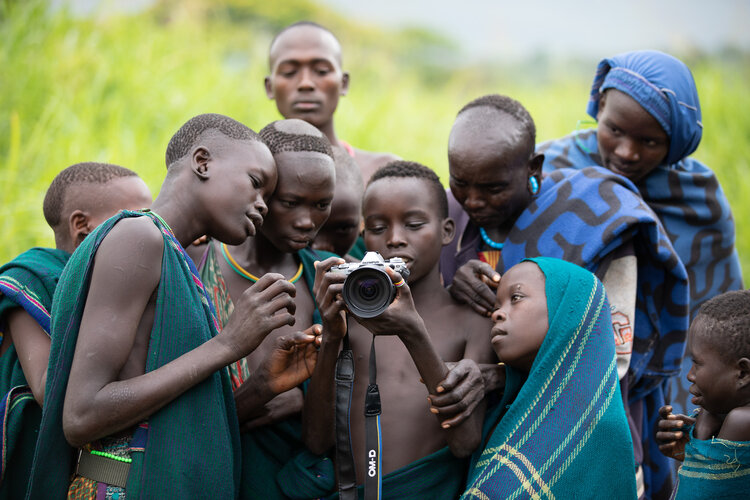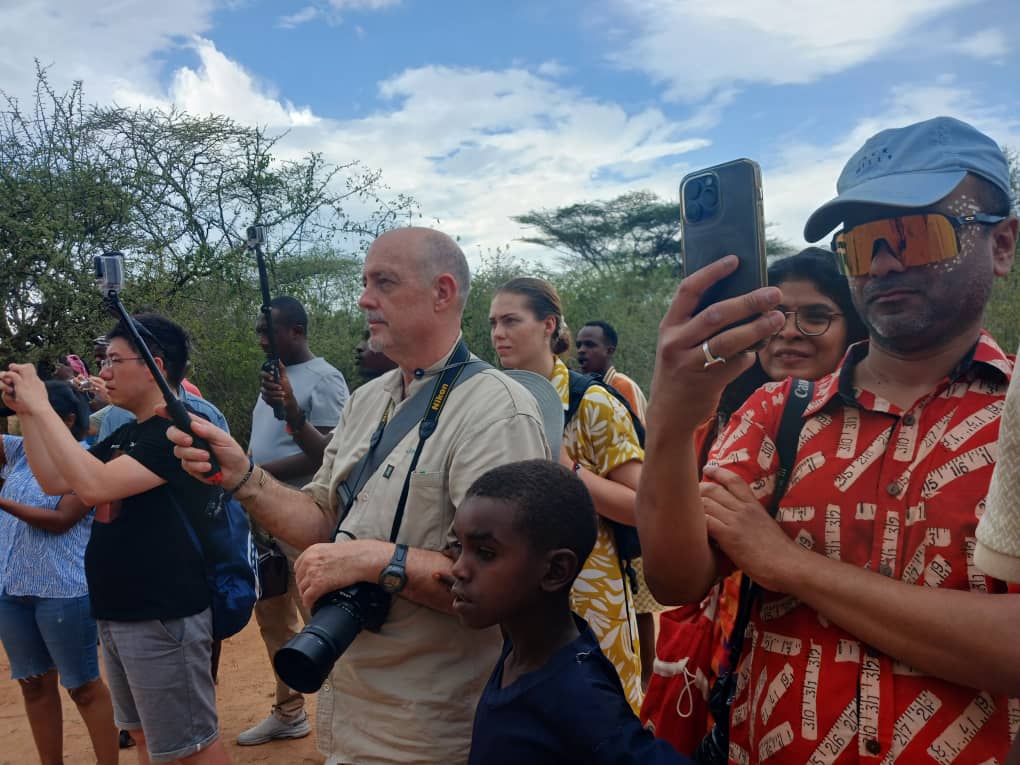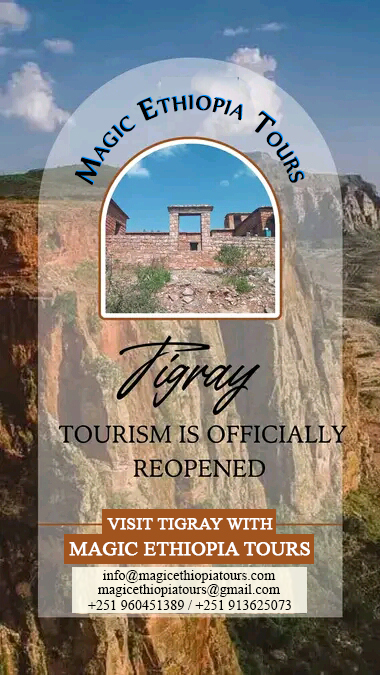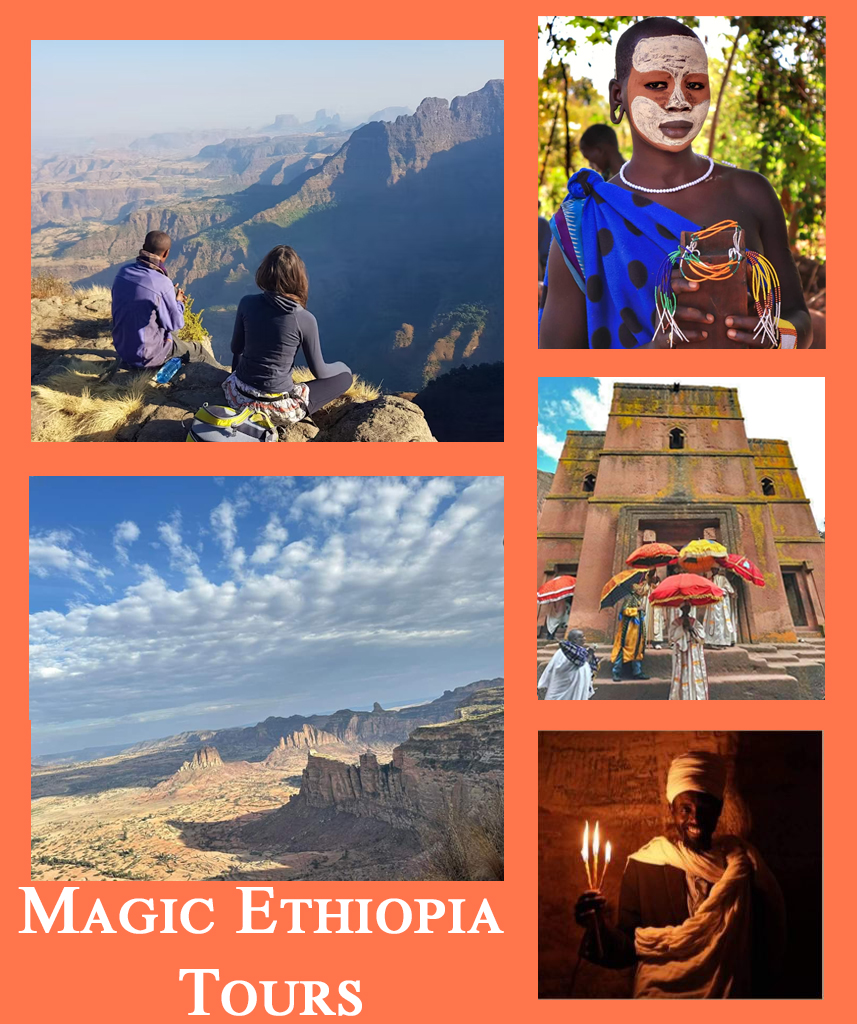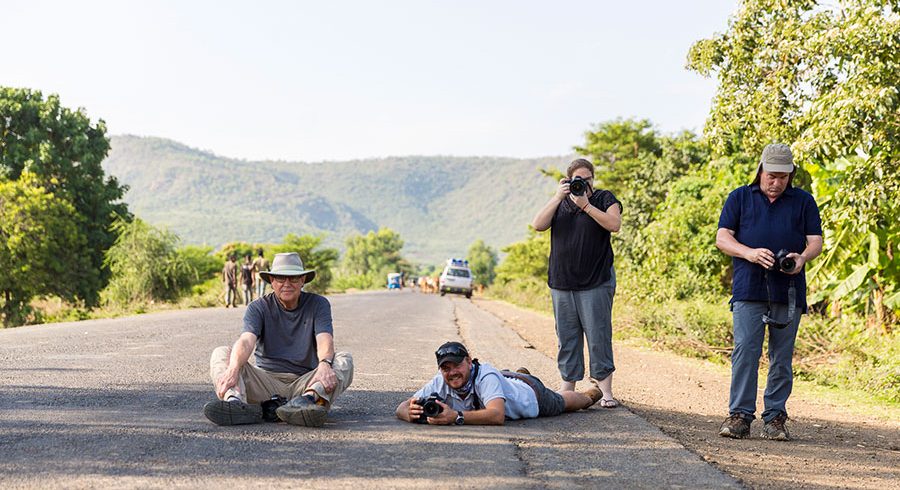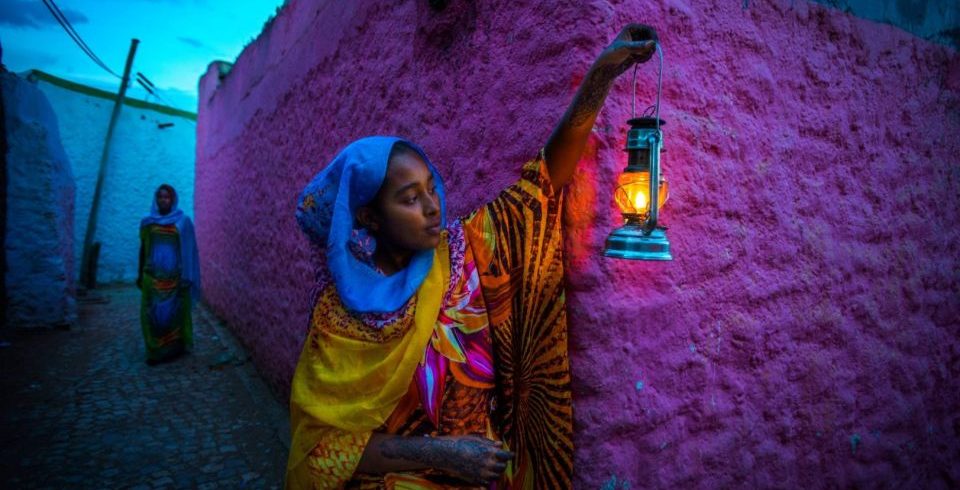Itinerary
Upon arrival in Bole International Airport you will be met by our representative and driven to your hotel and relaxed . O/n Addis
Morning take a flight to Jimma, the largest city in southwestern Ethiopia, is our destination for the evening. It used to be the capital of the former Kaffa Province, and this region is recognized as the home of the Coffea arabica, or coffee. O/n Jimma
Today on our Omo Valley Photography Tour, we drive 240 km southwest to Mizam Teferi (approximately 7 hour drive) is made up of a mosaic of forest and cultivated land dominated by coffee, tea and various spices, and we will have ample opportunity to stop and take advantage of any photographic opportunities we may encounter. O/n Mizan Teferi
Morning we head deep into the little-visited portion of southwestern Ethiopia. En route we pass through Bebeka coffee plantation (located about 30km outside Mizan), which is the largest and oldest coffee plantation in Ethiopia. Passing through the town of Tulgit, we will finally arrive in Kibish, where we will be camping for the next three nights. Much of our focus today will be photographing the fabulous Suri people, who due to their remoteness are one of the least visited of the Omo Valley’s tribes.
The Suri are pastoralists, placing much value on their cattle, which they protect vigorously against theft from neighbouring Omo valley tribes. The Suri tribe however also steal livestock from their enemies, and in recent times there has been more pressure on their grazing lands due to input of people from adjacent Sudan who have been displaced by civil war, resulting in not-infrequent fighting in the area.
The Suri people do not make wood carvings, statues etc., and instead are renowned for their incredibly ornate decoration of themselves, which they achieve through painting, scarification and adornment with flowers and other natural objects. The paintings are dynamic artworks, which vary greatly in design and are truly fascinating to photograph! Virtually no area of the body is left out, and nakedness is a standard and acceptable part of daily life for the Surma tribe, who regard Westerners' concept of clothing with fascination!
Possibly more famously, Suri women, like Mursi women, wear lip plates. In her early twenties, an unmarried woman’s lower lip will be pierced and then progressively stretched over the period of a year. A clay disc, which has its edge indented like a pulley wheel, is squeezed into the hole in the lip. As the lip stretches, a succession of ever-larger discs are forced in until the lip, now a loop, is so long it can sometimes be pulled right over the owner’s head! The size of the lip plate determines the bride price with a large one bringing in fifty head of cattle. Suri women make the lip plates from clay, colouring them with ochre and charcoal and baking them in a fire.
We have three full days of our Omo Valley Photography Tour to explore and photograph the fascinating Suri tribe, making the most of our time in this remote region of Ethiopia.
Another famous component of Suri life is stick fighting, known as Donga. We will be exceptionally fortunate to witness such a contest, but our local guide will keep an ear to the ground and with luck, we may be able to attend such an event. At a fight, each male contestant is armed with a hardwood pole about six feet long and with a weight of just less than two pounds.
The men paint their bodies with a mixture of chalk and water before the fight. In the attacking position, this pole is gripped at its base with both hands, the left above the right in order to give maximum swing and leverage. Each player beats his opponent with his stick as many times as possible with the intention of knocking him down, and eliminating him from the game. Players are usually unmarried men.
The winner is carried away on a platform of poles to a group of girls waiting at the side of the arena who decide among themselves which of them will ask for his hand in marriage. Taking part in a stick fight is considered to be more important than winning it.
Continue our Omo Valley Photography Tour to explore and photograph the fascinating Suri tribe, making the most of our time in this remote region of Ethiopia.
Another famous component of Suri life is stick fighting, known as Donga. We will be exceptionally fortunate to witness such a contest, but our local guide will keep an ear to the ground and with luck, we may be able to attend such an event. At a fight, each male contestant is armed with a hardwood pole about six feet long and with a weight of just less than two pounds.
The men paint their bodies with a mixture of chalk and water before the fight. In the attacking position, this pole is gripped at its base with both hands, the left above the right in order to give maximum swing and leverage. Each player beats his opponent with his stick as many times as possible with the intention of knocking him down, and eliminating him from the game. Players are usually unmarried men.
The winner is carried away on a platform of poles to a group of girls waiting at the side of the arena who decide among themselves which of them will ask for his hand in marriage. Taking part in a stick fight is considered to be more important than winning it.
Continue our Omo Valley Photography Tour to explore and photograph the fascinating Suri tribe, making the most of our time in this remote region of Ethiopia.
Another famous component of Suri life is stick fighting, known as Donga. We will be exceptionally fortunate to witness such a contest, but our local guide will keep an ear to the ground and with luck, we may be able to attend such an event. At a fight, each male contestant is armed with a hardwood pole about six feet long and with a weight of just less than two pounds.
The men paint their bodies with a mixture of chalk and water before the fight. In the attacking position, this pole is gripped at its base with both hands, the left above the right in order to give maximum swing and leverage. Each player beats his opponent with his stick as many times as possible with the intention of knocking him down, and eliminating him from the game. Players are usually unmarried men.
The winner is carried away on a platform of poles to a group of girls waiting at the side of the arena who decide among themselves which of them will ask for his hand in marriage. Taking part in a stick fight is considered to be more important than winning it.
After a scrumptious breakfast prepared by our camp crew, we depart for a full day drive (approximately 10 hours) back to Jimma where we will stay overnight.
Today we will fly back to Addis Ababa (Time to be advised) where this incredible photo adventure sadly comes to an end. Evening attend a welfare program at a traditional restaurant then transfer to Bole airport to depart home.
